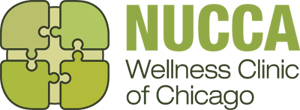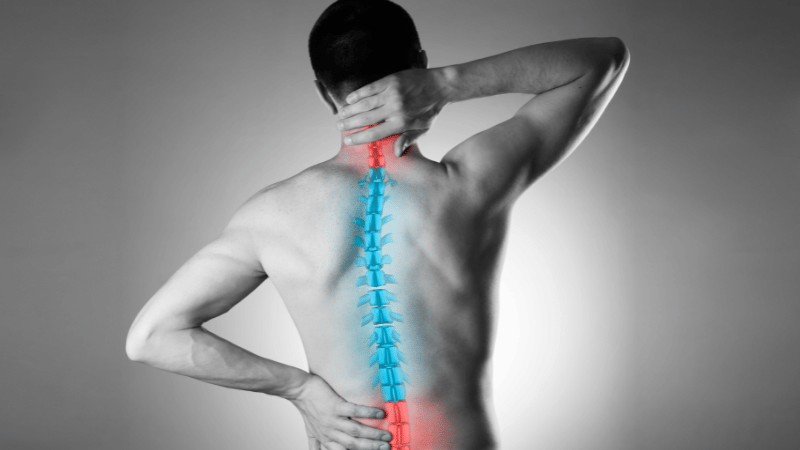Do you often experience pain and numbness in your hands and wrists? You might be quick to assume that carpal tunnel syndrome is the culprit, but what if the problem isn’t actually in your hands, but in your neck?
Carpal Tunnel Syndrome (CTS)
When the body undergoes repetitive movement, it can lead to various detrimental effects, such as the development of health issues like carpal tunnel syndrome, which is a growing concern. Many individuals spend a significant portion of their days sitting at desks, bent over keyboards for extended periods of time, or working as cashiers for 8-10 hours a day, 5 days a week. Even musicians that play the guitar, garage mechanics, assembly workers, dentists and dental hygienists and general surgeons end up experiencing the debilitating effects of the carpal tunnel syndrome symptoms.
Carpal tunnel syndrome can include numbness, tingling and pain in the hand, wrist and arm. Although many of the symptoms associated with carpal tunnel syndrome are focused on the hands and arms carpal tunnel syndrome isn’t necessarily a problem with the wrist so much as it is nerve problem. The median nerves which end up in the hand begin in the neck. That’s why the symptoms of carpal tunnel syndrome including forearm, wrist, and shoulder pain and numbness and tingling can all be connected to a neck injury.
Eventually carpal tunnel syndrome will end up damaging muscles, tendons and various other soft tissues in the areas being used the most during repetitive actions and it doesn’t just affect the hands either. Poor posture, along with repetitive movements can also affect the neck, shoulders and back as well.
Carpal Tunnel Syndrome and the Neck
In many cases, the body’s median nerve causes problems when it’s compressed somewhere along its path which ends up replicating carpal tunnel symptoms. In most cases the compression takes place in the neck but can happen anywhere along the nerve’s path as it moves to your hand, causing carpal tunnel symptoms. Unlike a more obvious injury, carpal tunnel is undetectable and develops over time.
The best way to address carpal tunnel syndrome is to keep nerve pressure to a minimum. Nerve pressure frequently begins due to improper alignment between the head and neck. Upper cervical chiropractors are able to examine you for nerve irritation and take specific upper cervical x-rays in order to identify structural misalignments that may be leading to the nerve irritation of carpal tunnel syndrome.
Carpal Tunnel Syndrome Prevention
Keeping the head in an upright and balanced position and the neck flexible, which will maintain circulation and nerve function in the arms and hands is a foundational step that must be addressed by an upper cervical specialist. But there also prevention approaches for you to take especially if you spend most of your time sitting and using a computer.
If you work at a desk, make it a point to properly situate your hands so that they stay level with the keyboard, not angled downward or resting on the edge of the desk. In addition, it is possible to develop other poor posture conditions, like repetitively leaning your head forward in which case it’s important to adjust the monitor to make it easier to see.
Before you move forward with any specific treatment method, it’s important to first confirm the location of the nerve compression. There have been a lot of patients who have had carpal tunnel surgery without experiencing any benefit because their carpal tunnel symptoms were actually caused from nerve compression somewhere else, an affliction referred to as a double crush syndrome.
How Upper Cervical Chiropractic Care Can Help
The first thing that an experienced upper cervical chiropractor will do is examine your neck, looking for a possible misalignment. The nerves in the neck are connected to nerves in the fingers, hands and the wrists, and a cervical bone that’s not in alignment can irritate the pathways making the wrists feel achy and weak, both carpal tunnel symptoms. In many cases, problems experienced in the extremities will clear up if the doctor finds an upper cervical misalignment and resolves the problem.
The upper cervical approach requires no popping, cracking or twisting of the spine unlike other general chiropractic manipulative procedures. The upper cervical specialist works with great precision and care to ensure that the misalignment is corrected for as long as possible. This decreases visits and improves results. Holding the adjustment is what allows the nerves to heal.
Want to hear from people like you? Check out our reviews here.
You can call us at (224) 676-1920 or fill out a contact form to set up an appointment at our Chicago, IL location.






